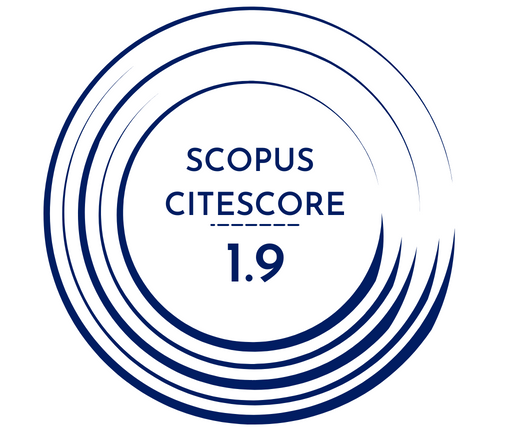Objective: To evaluate whether there is a difference in terms of refractive errors and anterior segment parameters between the patients with schizophrenia and healthy volunteers.
Method: In the study, 70 patients (48 male, 22 female) who were diagnosed with schizophrenia according to DSM IV-TR criteria were compared with control group of 60 (35 male, 25 female) patients who were similar in terms of age, gender, education and socioeconomic level. A complete ophthalmologic examination was performed in both e groups. Then an anterior segment examination was performed via Pentacam-Scheimşug (Oculus®, Pentacam, Germany) and the axial length of the eye and lens thickness were measured using optic biometry (Lenstar 900 LS; Haag Streit Köniz, Switzerland). The psychiatric patient group received BPRS, SAPS and SANS.
Results: Both in the schizophrenics and the control group, mild myopic shift was detected however there was not a statistically significant difference (p>0.005). The cornea volume (CV), anterior chamber volume (ACV) and anterior chamber depth (ACD) values were lower and there was a statistically significant difference (p=0.026, p=0.014, p=0.048 and p=0.005 respectively). The lens thickness was greater in schizophrenics and it was found statistically significant (p=0.006). A statistically significant negative correlation between the scores of the scale for the assessment of positive symptoms (SAPS) and cylindrical values was detected (p=0.008). The axial eye length, cylindrical value, pupil diameter, mean keratometric value and the anterior chamber angle revealed no statistical difference between the groups (p>0.05).
Conclusion: Therefore no statistically significant difference was detected in terms of refraction disorders between schizophrenics and healthy control group, some differences in terms of anterior chamber parameters were found between schizophrenics and control group. These results demonstrate that schizophrenics might exhibit clinical and structural differences in the eye.

.jpg)
.png)
